How to replace bearings in a Haier washing machine
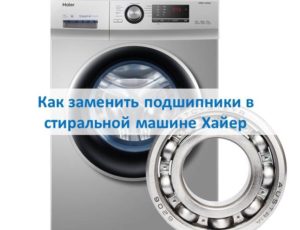 Knowing how to replace bearings in a Haier washing machine, you can save on the work of a technician. It is difficult to do this without experience, but it is possible if you strictly follow the instructions, observe safety precautions and do not experiment with spare parts. We’ll tell you in detail where to start, what to prepare and how to repair.
Knowing how to replace bearings in a Haier washing machine, you can save on the work of a technician. It is difficult to do this without experience, but it is possible if you strictly follow the instructions, observe safety precautions and do not experiment with spare parts. We’ll tell you in detail where to start, what to prepare and how to repair.
What might be needed for repairs?
The process of disassembling a Haier washing machine is standard, and practically no different from washing machine models of other brands. You will have to get under the tank and remove a lot of spare parts, so you won’t be able to do it without a set of tools. So, it is advisable to have on hand:
- pliers;
- screwdriver;
- flat and Phillips screwdrivers (or better yet, a universal screwdriver with several attachments);
- round nose pliers;
- hammer;
- set of wrenches;
- rubber or wooden mallet;
- chisel with a blunt tip.
It is better to prepare a waterproof sealant and an all-purpose cleaner WD-40 in advance. Rags and protective gloves will come in handy. To install a new bearing assembly, you should purchase a pair of oil seals and bearings. You can buy replacement parts at a service center or in a specialized online store. The appropriate diameter of the spare parts is selected according to the serial number of the existing machine. Another option is to remove the old one and show the consultant a used sample.
It is necessary to prepare the machine itself for repair. We disconnect the unit from the sewerage system, electrical network and water supply, and wind up all cords and hoses. Then we move the body away from the wall, providing free access to the washing machine from all sides.All that remains is to drain the water through the garbage filter and begin the dismantling process.
Freeing the tank and drum
The bearing assembly is located on the drum shaft, so you will have to completely remove the tank. Once again we check that the power supply is disconnected and begin dismantling the machine. We adhere to the following instructions:
Important! Amateur craftsmen are strongly recommended to record their actions with a camera or mark all parts and wires.
- We go to the back of the washing machine and unscrew the back cover.
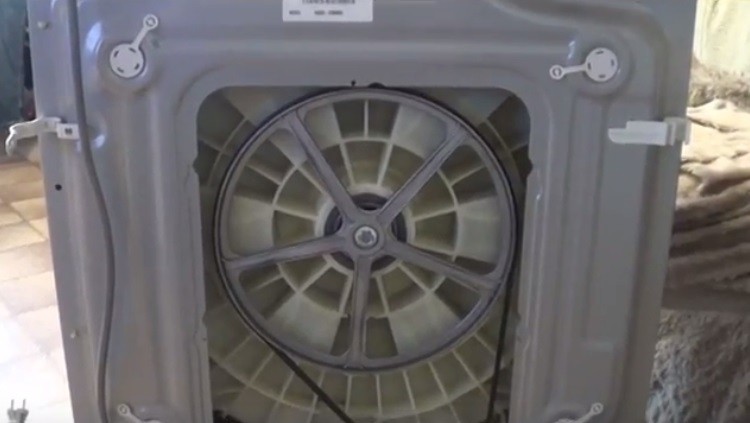
- Unscrew the bolt on the pulley.
- Remove the drive belt by carefully pulling it towards you while rotating the pulley.
- Loosen the outer clamp on the cuff and tuck the rubber seal inside.
- We take out the powder receptacle.
- Unscrew the top bolts from the back, push the top cover forward and remove.
- Using a screwdriver, unscrew two pairs of screws holding the front panel and rail.
- Using pliers, we attach the clamp to the hose under the tray, as well as to the pipes and channels connected to it.
- Remove the dispenser from the machine.
- Using a 14mm wrench, unscrew the bolts holding the upper and lower counterweights.
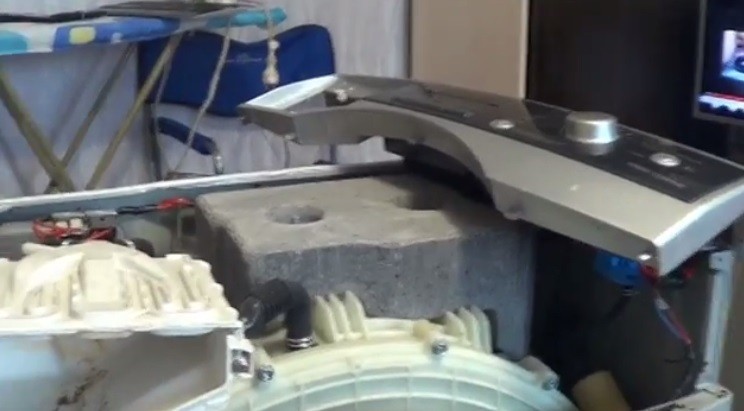
- We take out the counterweights.
- We pay attention to the drainage system: unhook the clamps on the casing, pipe, drain hose and remove the garbage filter, pump and snail as a whole.
- We release the wiring.
- We spring with our hands and remove the shock absorbers, followed by the water level sensor.
The tank is now completely empty. To pull it out, you need to squeeze a pair of side springs with one hand and sharply pull the edge with the other. All that remains is to place the container in a place convenient for further dismantling and begin to remove the bearings.
Disassembling the tank and replacing bearings
That's not all: to remove the bearing assembly, you will have to disassemble the tank and knock the shaft out of the drum. It is better to carry out the indicated procedures by lifting the container onto a springy surface (for example, a tire) and turning the cuff upside down. You can do it differently and lift the part onto 3-4 chairs placed on its side and lay a soft pillow down. Next we proceed like this.
- We unscrew the screws in a circle at the central joint and remove the small half of the casing.
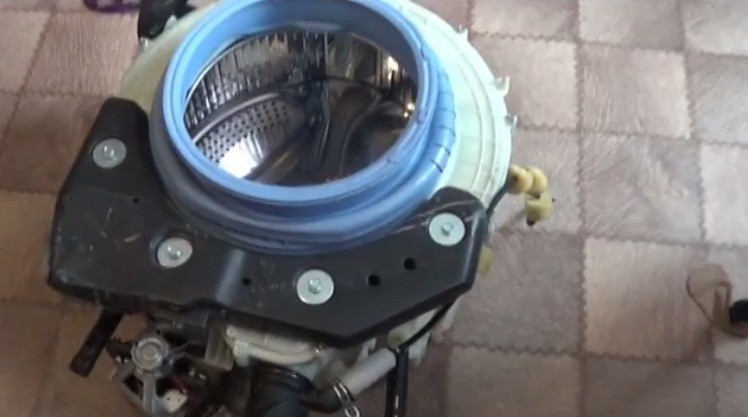
- Turn the tank over with the open hole facing down.
- We take a mallet and with sharp blows knock the drum out of the remaining part of the protective casing.
- We treat the inside of the tank with WD-40, removing scale, rust and accumulated dirt.
- We knock out the bearing and oil seal from it.
- If necessary, wash the hole with cleaner and wipe dry.
- We insert the outer bearing with a puller, and if it is missing, put the ring in the groove and carefully tap it around the circle with a hammer through a chisel.
- We turn the tank over and place the internal bearing, fixing it with similar tapping.
- Place a seal on the bearing ring.
It is recommended to pour a waterproof sealant over the oil seal and cover it with a layer of superglue to prevent water from entering the bearing assembly and washing out the factory lubricant.
This is where the instructions on how to remove bearings with your own hands practically end. All that remains is to return everything to its place. We place the removed half of the tank onto the shaft and fix it with several blows of a hammer. Next we connect it to the second part and securely screw in all the provided screws. Next, we install the container in the machine, and most importantly, we check the quality of the repairs made: by spinning the drum and assessing the smoothness and noiselessness of the rotation.
If there are no suspicious braking or squeaking noises, then we install shock absorbers, hook up the pressure switch and connect the wiring. Next in line are the counterweights, the dispenser, the instrument panel and the drive belt. At the end, we carry out a final test: we run the test cycle at minimum speed and monitor the absence of unnecessary sounds.
Interesting:
Reader comments
- Share your opinion - leave a comment

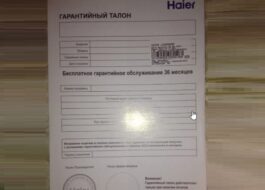
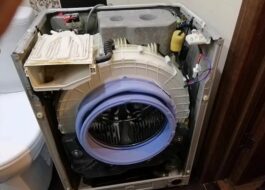
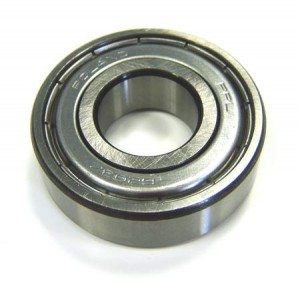

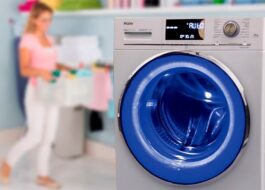



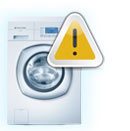
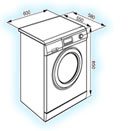


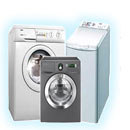
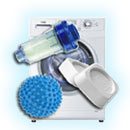


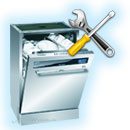
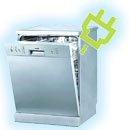
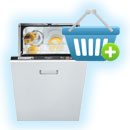
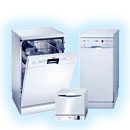
Add a comment